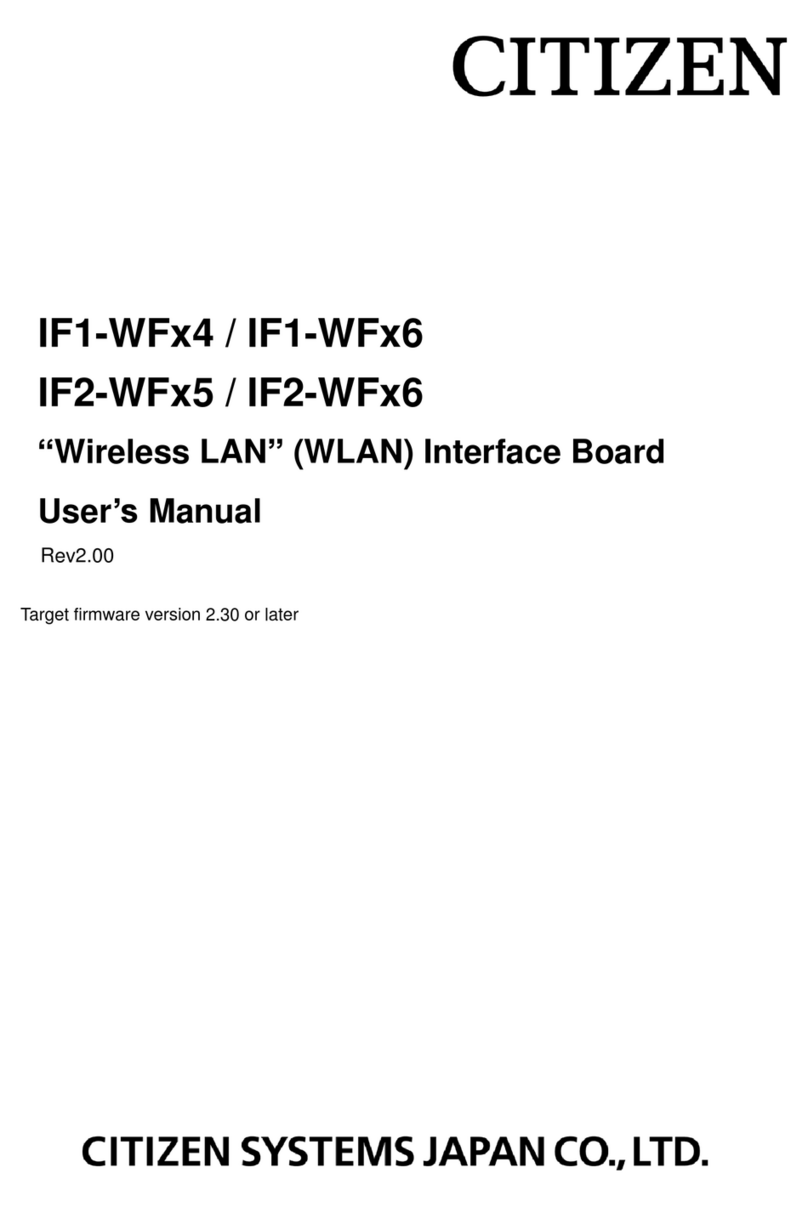ii
CONTENTS
1. OUTLINE ....................................................................................................................... 1
1.1 Features ............................................................................................................................................................ 1
1.2 Precaution ......................................................................................................................................................... 1
2. BASIC SPECIFICATIONS .......................................................................................... 2
2.1 Model Classification ......................................................................................................................................... 2
2.2 Basic Specifications.......................................................................................................................................... 3
3. CONNECTING CONNECTORS................................................................................. 4
3.1 CN1 Connector for Printer Mechanism............................................................................................................ 4
3.2 CN2 Connector for Print Mechanism ............................................................................................................... 5
3.3 CN3 Connector for Interface ............................................................................................................................ 6
3.4 CN201 Connector for Paper Cutter (Option) ................................................................................................... 7
4. SELECTING FUNCTIONS ......................................................................................... 8
5. POWER SUPPLY ........................................................................................................ 10
5.1 Specifications ................................................................................................................................................. 10
5.2 Precautions ..................................................................................................................................................... 10
6. PARALLEL INTERFACE .......................................................................................... 11
6.1 Specifications ................................................................................................................................................. 11
6.2 Explanation of Input/Output Signals .............................................................................................................. 11
6.3 Electrical Characteristics ................................................................................................................................ 12
6.4 Timing Chart (Compatibility Mode) .............................................................................................................. 13
6.5 Data Receiving Control .................................................................................................................................. 13
6.6 Buffering......................................................................................................................................................... 13
7. SERIAL INTERFACE ................................................................................................ 14
7.1 Specifications ................................................................................................................................................. 14
7.2 Explanation of Input/Output Signals .............................................................................................................. 15
7.3 Error Detection ............................................................................................................................................... 15
7.4 Data Receiving Control .................................................................................................................................. 16
7.5 Buffering......................................................................................................................................................... 16
7.6 Electrical Characteristics ................................................................................................................................ 16




























